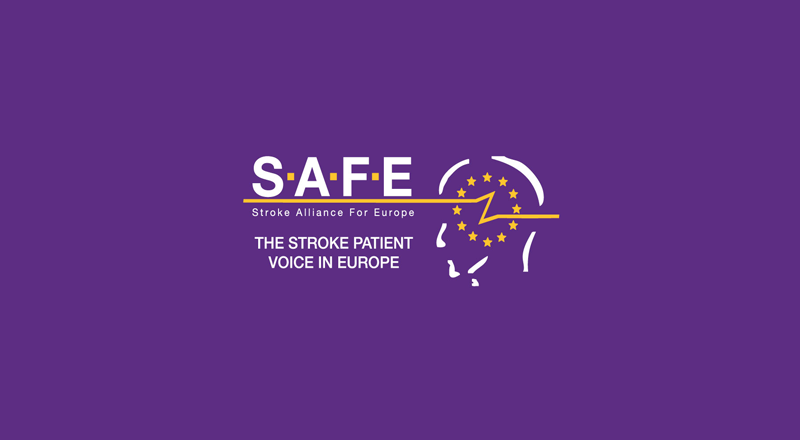
Feb 13, 2018
Written by Sarah Belson, published on worldstrokeorganization.blogspot.com
We want to make sure that the voices of people affected by stroke are heard throughout the Congress in an exhibition of stroke survivor, family and caregiver testimonials.
The 11th World Stroke Congress will focus on the latest developments in stroke prevention, acute management and restorative care after stroke. Reducing the burden of stroke on people with lived experience and their family and care givers drives everything the World Stroke Organization does.
In previous years the visibility of people with lived experience of stroke has been promoted through art exhibitions, both physical and online, and a hobbies ebook. (more…)

Feb 10, 2018
First published on ScienceDaily
A new study shows that arm exercises may improve walking ability months and even years after having a stroke. The study, the first to test the influence of arm training on post-stroke leg function, is published ahead of print in the Journal of Neurophysiology. It was chosen as an APSselect article for February.
Researchers from the University of Victoria in British Columbia, Canada, worked with a group of older adults who had had a stroke between 7 months and 17 years prior to the study. The volunteers participated in three 30-minute, moderate-intensity arm cycling training sessions each week for five weeks. (more…)

Feb 10, 2018
First published on ScienceDaily
Research into curious bright spots in the eyes on stroke patients’ brain images could one day alter the way these individuals are assessed and treated. A team of scientists at the National Institutes of Health found that a chemical routinely given to stroke patients undergoing brain scans can leak into their eyes, highlighting those areas and potentially providing insight into their strokes. The study was published in Neurology.
“We were kind of astounded by this — it’s a very unrecognized phenomenon,” said Richard Leigh, M.D., an assistant clinical investigator at the NIH’s National Institute of Neurological Disorders and Stroke (NINDS) and the paper’s senior author. “It raises the question of whether there is something we can observe in the eye that would help clinicians evaluate the severity of a stroke and guide us on how best to help patients.” (more…)

Feb 9, 2018
Botulinum toxin has been used for almost 30 years to treat spasticity. Out of these experiences it shows that botulinum does not cause long-term side effects. Microscopic examinations showed that no permanent changes have occurred in the nerves or muscles after absorbing Botulinum. After the effect ends, neither the active substance nor its effects on the nerves can be detected. As a calm muscle is usually weaker (think of a leg in a cast), with time a smaller dose of Botulinum toxin is going to be needed, to get the same muscle relaxing effect than before. (more…)

Feb 9, 2018
The Stroke Action Plan for Europe draft document will become available for comments on 26th February 2018. It will be posted on a link, initially shared by ESO on their website and Social media accounts.
The link will lead to the whole document, containing texts from all 7 domains. The document will be in form of PDF and open for all comments, once you register and log in.
It will remain available for comments for two full weeks, starting from 27th February 2018.
SAFE will share the link from ESO’s website as soon as it becomes available, and we would like to encourage as many people as possible to get involved and help SAFE and ESO in shaping up recommendations for stroke prevention, treatment and rehabilitation from 2018 to 2035.

Image by pixabay.com






